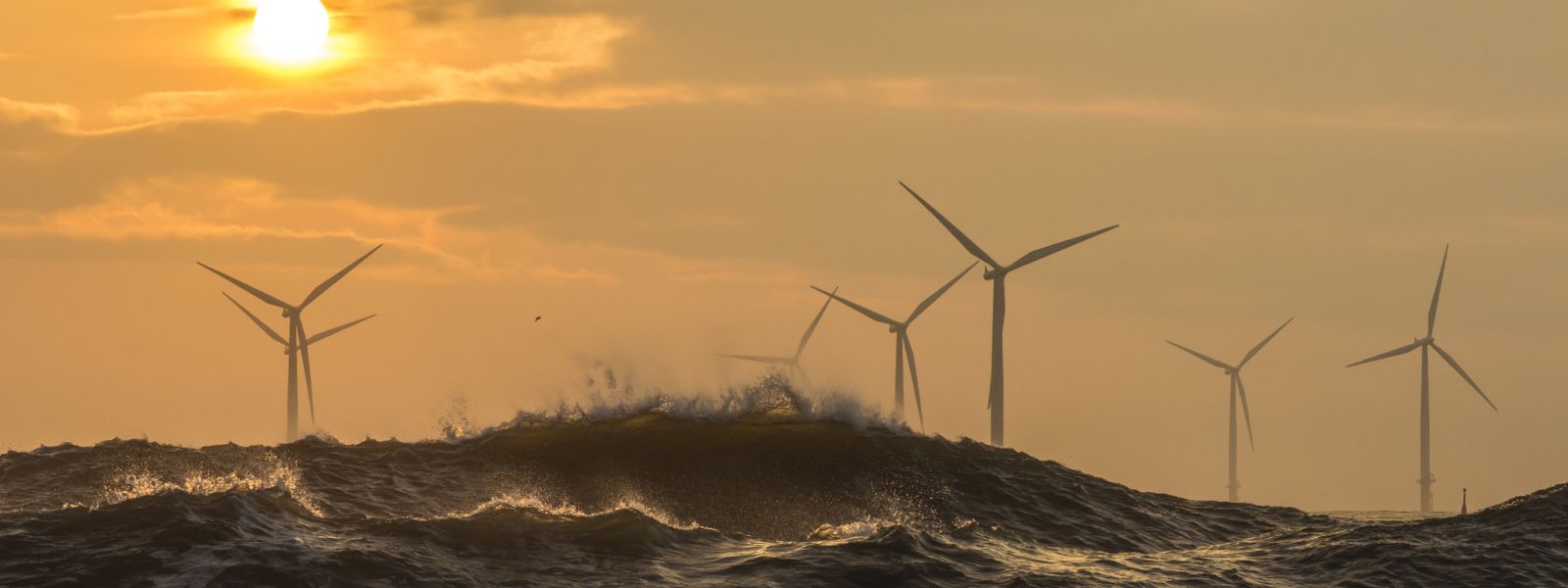
A major ‘Prosperity Partnership’ project, awarded to a consortium of partners led by SP Energy Networks and the University of Strathclyde, has received industry and government funding of almost £10 million.
The project will create a ‘digital twin’ of future multi-vector energy networks, and will assist with the drive to meet the UK’s 2050 net zero emissions objectives.
Achieving a net zero energy system is a complex and challenging task, involving integrating a variety of renewable energy sources, decarbonised loads, and non-electrical energy vectors – such as wind, solar, tidal, geothermal, hydrogen, plus electrified transport and heating – into an integrated system that is reliable, resilient and affordable.
Digital twins – virtual representations of physical systems and environments which allow engineers and scientists to model, test and analyse scenarios before applying them in the real world, and to also make decisions in real time based on observed and anticipated behaviour informed by the twin – will play a key role in designing and operating such future energy systems.
New knowledge
The ENSIGN: Energy System Digital Twin project is being funded by the Engineering and Physical Sciences Research Council's Prosperity Partnership Fund, with matched funding from SP Energy Networks and contributions from several other organisations.
Partners in the four-year project include the University of Glasgow, University of St Andrews and Heriot-Watt University, UK Power Networks, D’Arcy Thompson Simulator Centre, National Grid Electricity Transmission, and the National HVDC Centre, and the project will create more than 20 new, highly-skilled, academic research jobs and PhD positions.
It will deliver new knowledge and understanding of future energy systems, and will integrate real-time modelling, Artificial Intelligence and Machine Learning to help introduce and progress the application of Digital Twins closer to ‘business as usual’.
Professor Campbell Booth of Strathclyde, said: “I am delighted to receive funding for this exciting project. This Partnership will create an Integrated Energy System-Digital Twin (IES-DT) to facilitate reliable, resilient, affordable, low-carbon, multi-vector energy systems of the future.
“The project will deliver understanding, knowledge, visibility and applications that are urgently required to facilitate accurate and informed decision-making, risk management, and functions required for effective design and operation of future multi-vector energy systems. It will be used by future system operators to balance supply and demand in a very different future energy system context.”
As the first energy provider to receive this category of EPSRC funding, SP Energy Networks is focusing on reducing costs, improving network resilience, and enhancing strategic planning. The research findings from this project will be made available to distribution network operators and their supply chains across the UK and further afield.
James Yu, Head of Innovation at SP Energy Networks, and the industry lead in the Partnership, said: “In our pursuit of becoming global leaders in the net-zero energy transition, teamwork plays a vital role. It is a privilege to have access to the academic expertise of the team, and the opportunity to collaborate and represent the industry. Together, we can work towards realising our ambitious goals.”
Better future
Scott Mathieson, Network Planning and Regulation Director at SP Energy Networks said: “The pace of change in the energy industry is like nothing we’ve ever seen so it’s vital we can stress-test tech and services before they launch publicly. This new ‘digital twin’ will allow us to simulate innovations and understand the potential benefits of new services.
“We’re partnering with some of the world’s most renowned universities to create this new model powered by AI and machine learning. It’s great that we can access the best research talent in our own community.
“The insights from this project will help to shape the future of the energy system in the UK and the energy grids of countries around the world. Having the support of the Prosperity Partnership enables us to deliver this industry-leading project to create a better future, quicker, for everyone.”
SP Energy Networks is a distribution and transmission network operator with more than six million customers across three-and-a-half million homes and businesses throughout Central & Southern Scotland and Merseyside, Cheshire, North & Mid-Wales and North Shropshire.
Dr Andrew Bourne, Director of Partnerships at EPSRC said: “Prosperity Partnerships demonstrate how business and academia can come together to co-create and co-deliver research and innovation that address industry-driven challenges and deliver economic and societal impact. These new projects showcase the breadth of research and innovation in the UK, covering a wider range of sectors, and support the UK’s ambitions to be a science superpower and an innovation nation.”
The ENSIGN: Energy System Digital Twin project is one of 19 projects which have received a total of £149 million from EPSRC’s Prosperity Partnerships scheme.